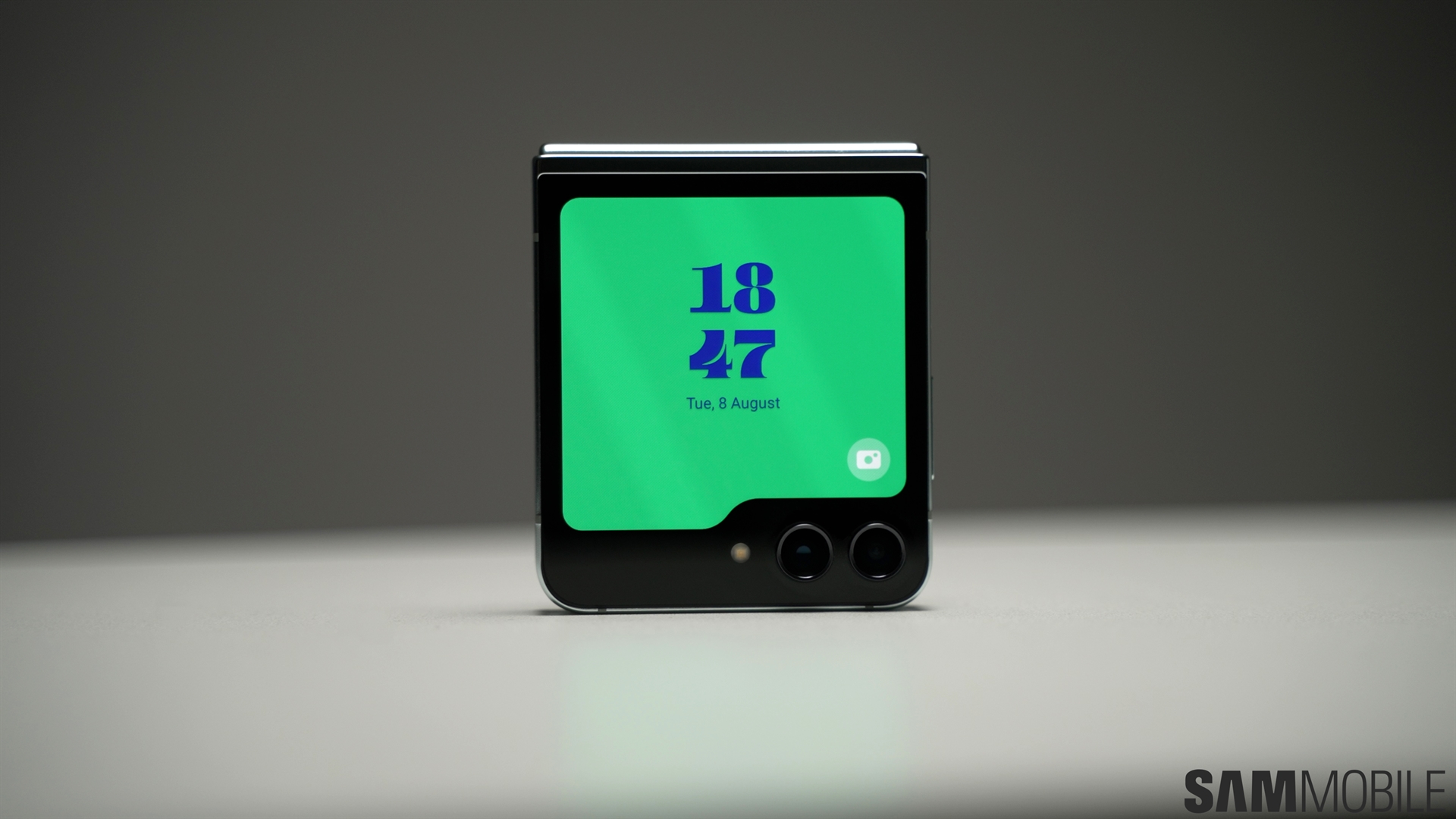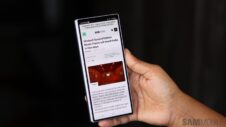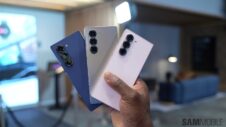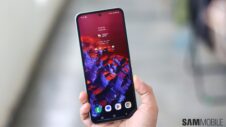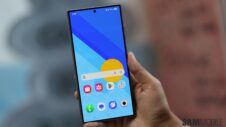It been rumored for the longest time that Samsung is working on cheap foldable phones. There were even rumors that the Galaxy A series could get foldables. Currently, Samsung's foldables are exclusively offered through the Galaxy Z lineup. They're firmly in the flagship territory, with the cheapest option being the Galaxy Z Flip 5 that starts at $999 and the Galaxy Z Fold 5 being the most expensive at $1,799.
Samsung has hit its stride with these form factors that are now in their fourth iteration. It's effortlessly launching new models every year with meaningful improvements to both the functionality and the durability. The latest models have gone a long way in reinforcing customers' belief that these devices can be used as daily drivers. Samsung has set an ambitious target for its foldable phone sales this year and there's no reason why it wouldn't achieve it.
Even though Samsung currently dominates the foldable smartphone market due to its first-mover advantage, it's now beginning to see a lot more competition, primarily from the Chinese OEMs. While they seek to challenge its dominance in markets across the globe, the US is effectively off limits for most of them, so Samsung enjoys a relatively less competitive landscape in one of the world's most lucrative markets.
When the Chinese manufacturers get involved there's inevitably a race to the bottom. We've seen this play out in the low-end and mid-range segment. They launched phones at aggressive price points with specs that could best their rivals, including Samsung, at least on paper. Price conscious customers in most markets are then naturally drawn to these products. Samsung deserves the credit for maintaining its lead in major markets such as India and across Asia, Africa, and the Middle East, where despite unrelenting competition from the Chinese OEMs its Galaxy devices continue to hold their own.
It's only a matter of time before we see a similar race to the bottom in the foldables segment. These OEMs will be looking to achieve a greater market share so they'll deploy the same tactics they've used before to get a leg up on the competition. That's probably one of the reasons why there have been so many rumors that Samsung wants to make affordable foldable phones, so that it can essentially hedge against the onslaught of cheaper foldable phones that we're likely going to see in the coming years.
A recent rumor had claimed that Samsung may be working on foldables in the $400-$500 range. To put that in context, the Galaxy A54 5G costs $449. Imagine being about to buy a foldable phone for that price. It seems a bit too unrealistic. The foldable panel and hinge are two of the most expensive components of a foldable device. Between that and the respectable specs it would need to provide, there's no way a foldable phone in this price range makes commercial sense without Samsung cutting corners in some key areas.
Samsung isn't making foldable phones just for the sake of making foldable phones. There's a vision behind this mission. It wants to change the way people perceive smartphones and unlock new use cases that were possible on the conventional candy bar form factor. There needs to be a certain baseline of quality and capability for this to happen. It can't just churn out low quality phones where the only good thing about them is that they fold in half.
Perhaps that's why Samsung came out and confirmed that it won't make “foldable phones that are priced in the midrange, and the latest rumors are groundless.” It wanted to set the record straight that its vision for foldables goes far beyond joining others in a race to the bottom while forgetting why it has lead the way for the industry to realize the potential of foldable phones.
At least for the foreseeable future, Samsung wants its foldable phones to remain premium products. These devices will provide a high-end experience with the latest technology, thereby cementing its utter dominance in the high-end foldable market. While others are trying to catch up, there haven't been many devices yet that can truly match the appeal of its Galaxy Z Flip and Galaxy Z Fold models.
That's not to say Samsung shouldn't ever make foldable phones that are more affordable. The tech simply isn't there yet. It may be several years before there's enough efficiency in the supply chain and margin in the components for Samsung to consider a more affordably priced foldable phone that doesn't feel like it was made just to make a cheap foldable. That's why, for now, it's a good decision that Samsung is discarding this dumb idea of making a cheap foldable phone in the near future.
The company needs to do that when the time is right. Since it's effectively shepherding the entire smartphone industry towards foldables, it goes without saying that Samsung will probably be the first to know when that time comes. Till then, it should stick with its current strategy of launching the two new models every year. At most, it can try to find some wiggle room to bring the price down for the Galaxy Z Fold models a little bit. The Galaxy Z Flip models are perfectly priced starting at $999, as at this rate it's even cheaper to buy a high-end foldable than it is to buy some of the other flagship Android phones.
It's also pertinent to note that Samsung continues to make it easier for customers to buy its high-end foldable phones. You can find some of the best trade-in values for your existing device only on Samsung.com. For example, trade-in values for the Galaxy Z Fold models can go as high as $1,000. You can instantly knock off a significant chunk of the purchase price by simply trading an existing device. There are often other incentives on offer as well, such as instant credits, which when stacked can typically reduce your out-of-pocket cost to buy the top-of-the-line foldable phone for just a few hundred dollars.
When it has all of these different tools at its disposal to get customers to buy the devices, there's absolutely no point in Samsung following a dumb idea to cheapen its foldable lineup.
